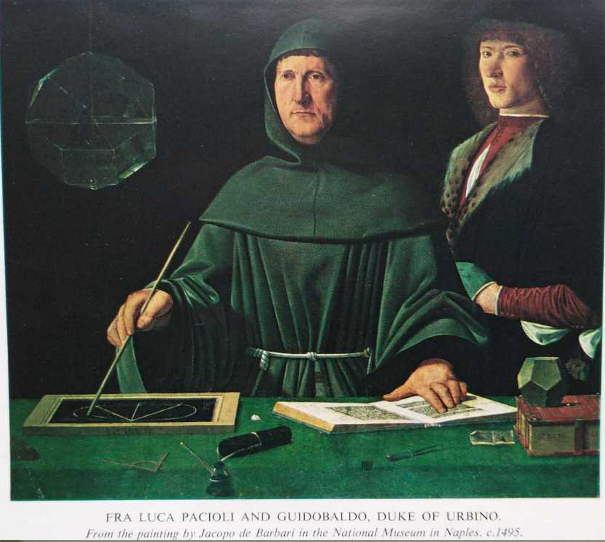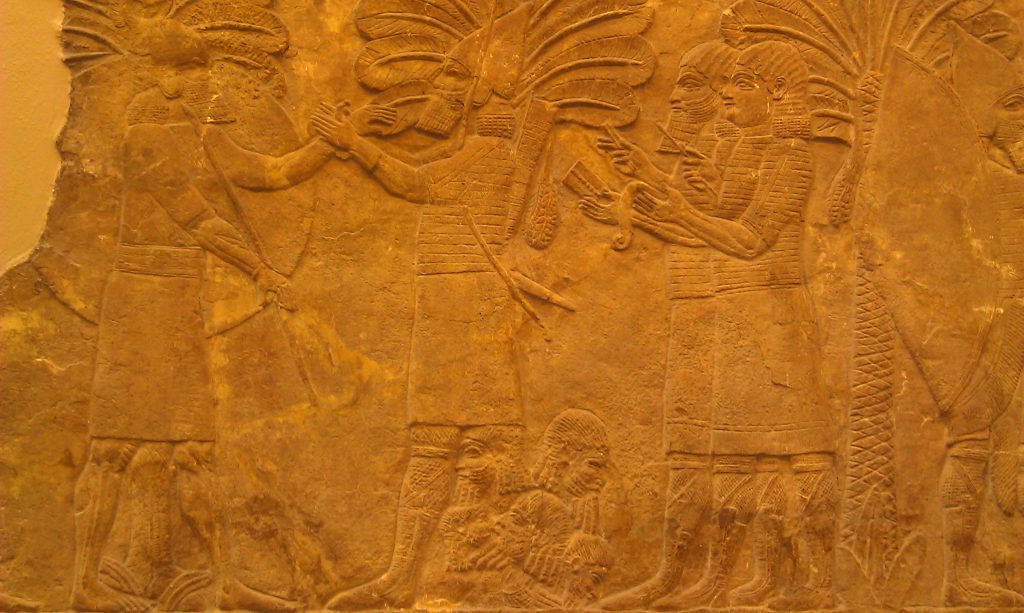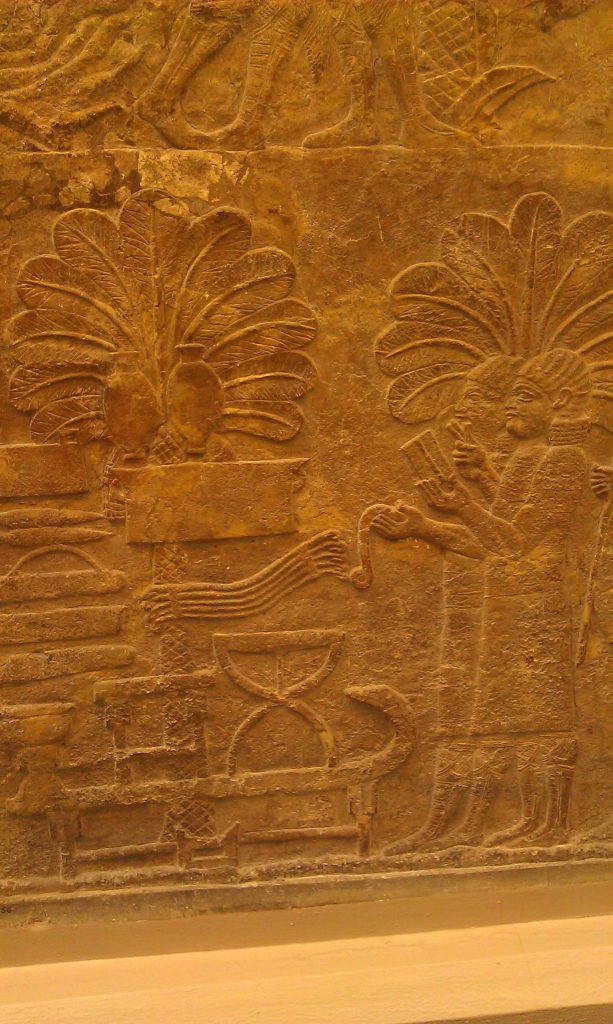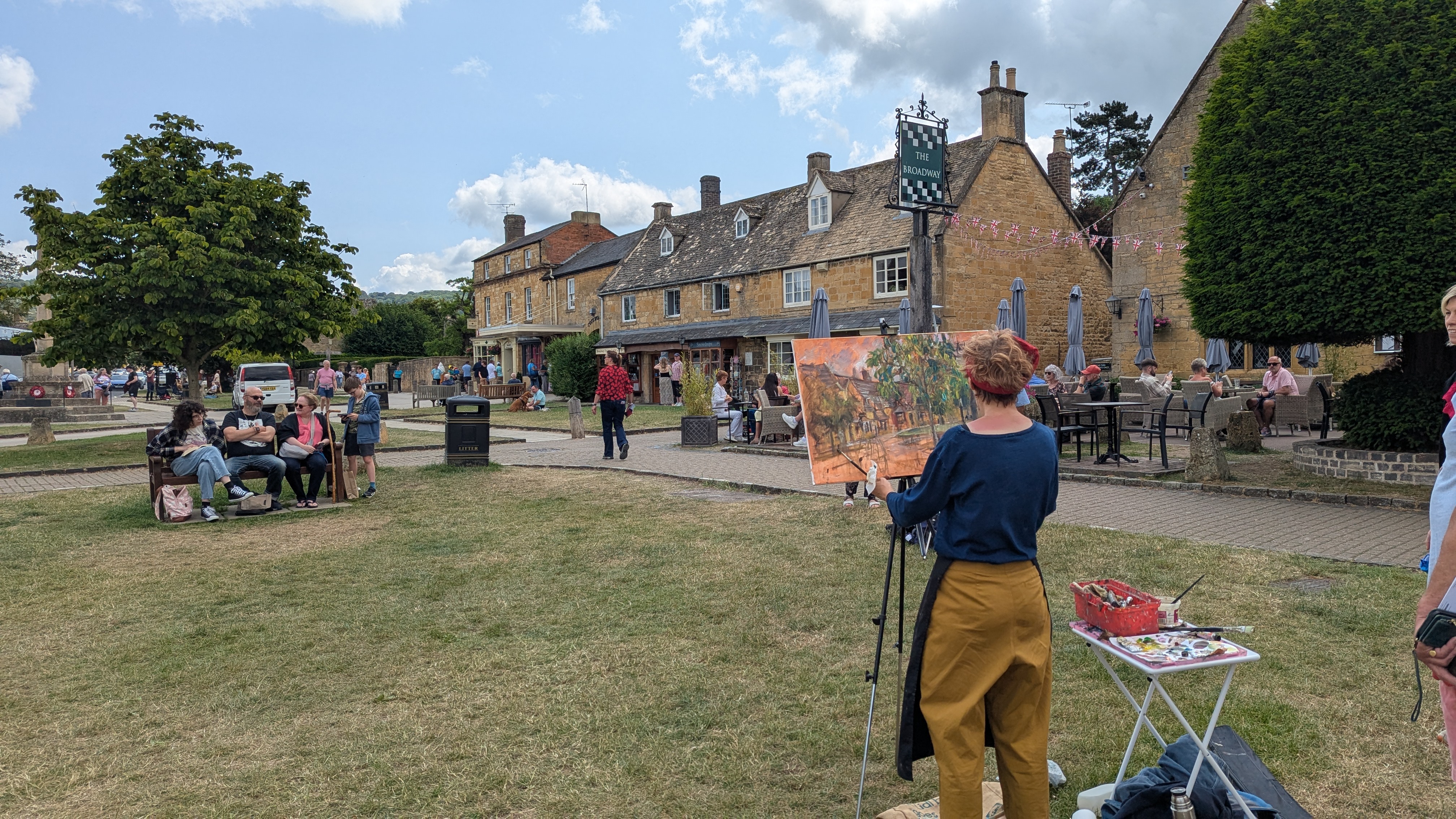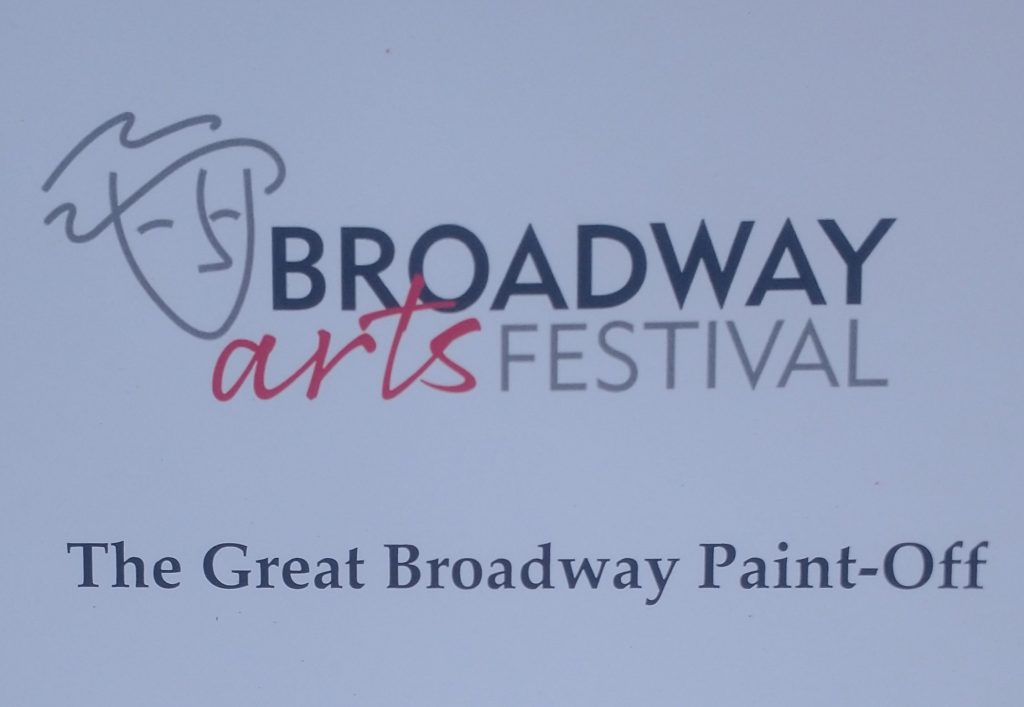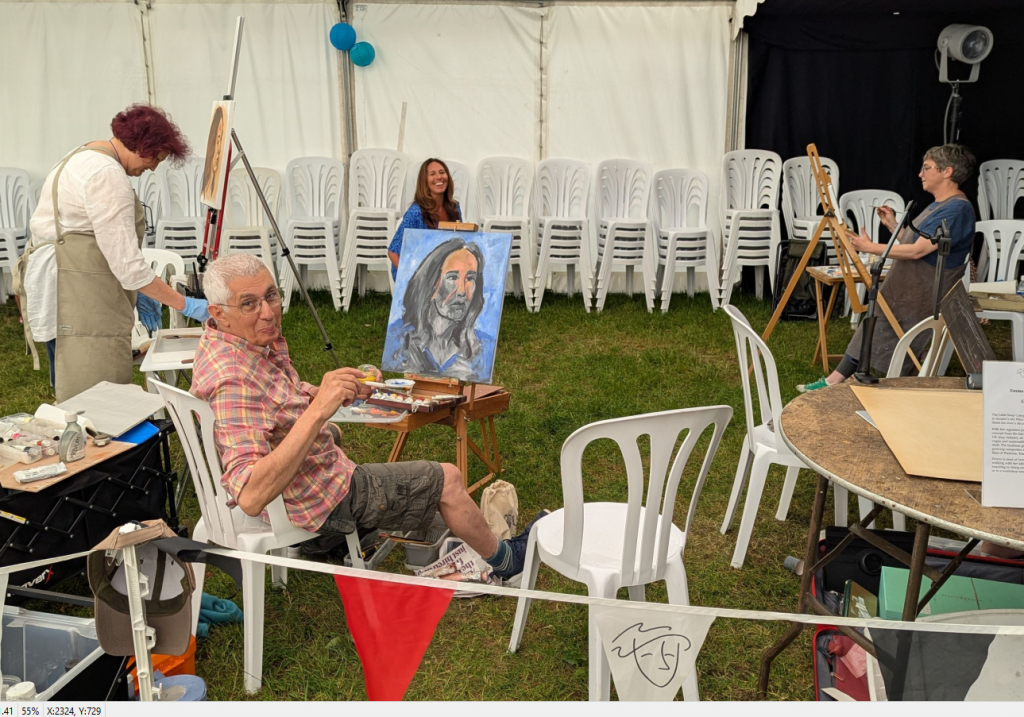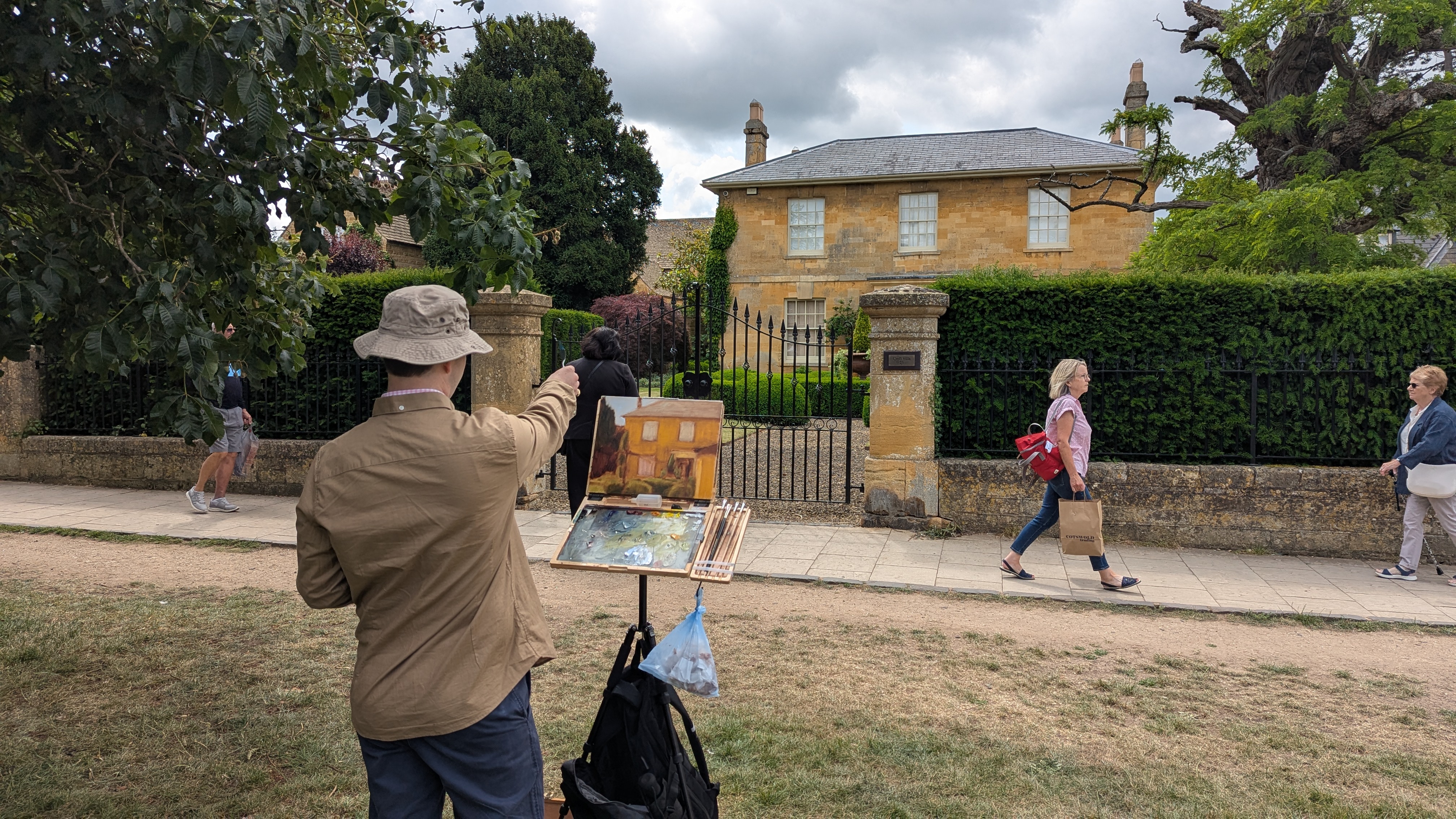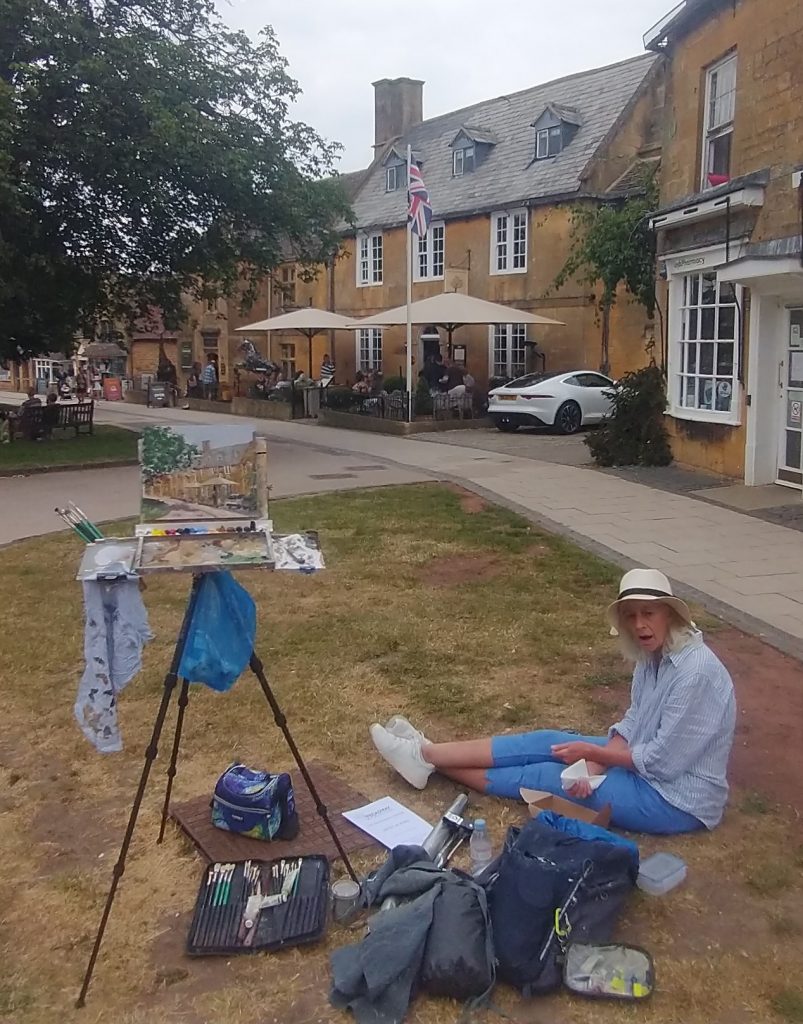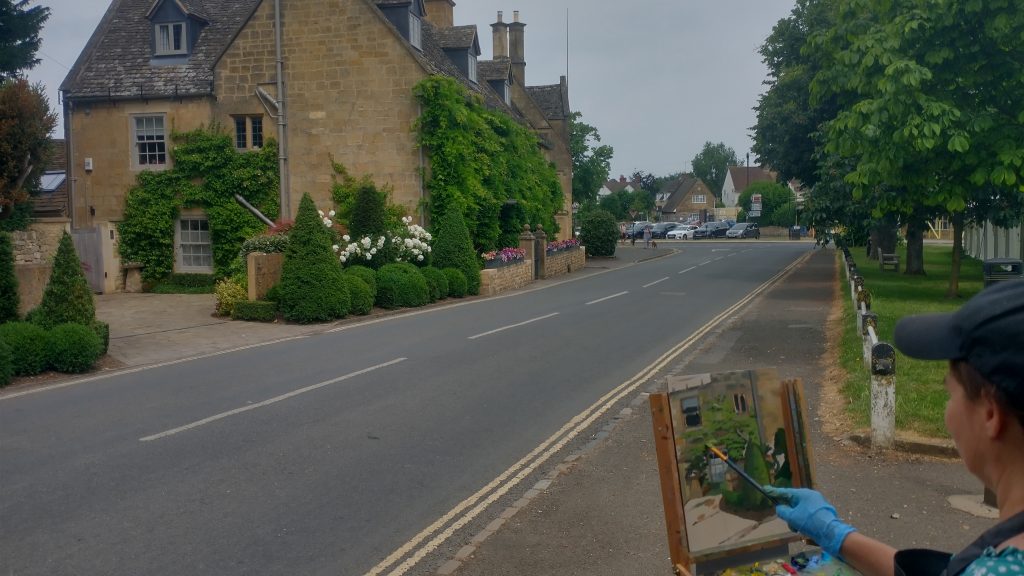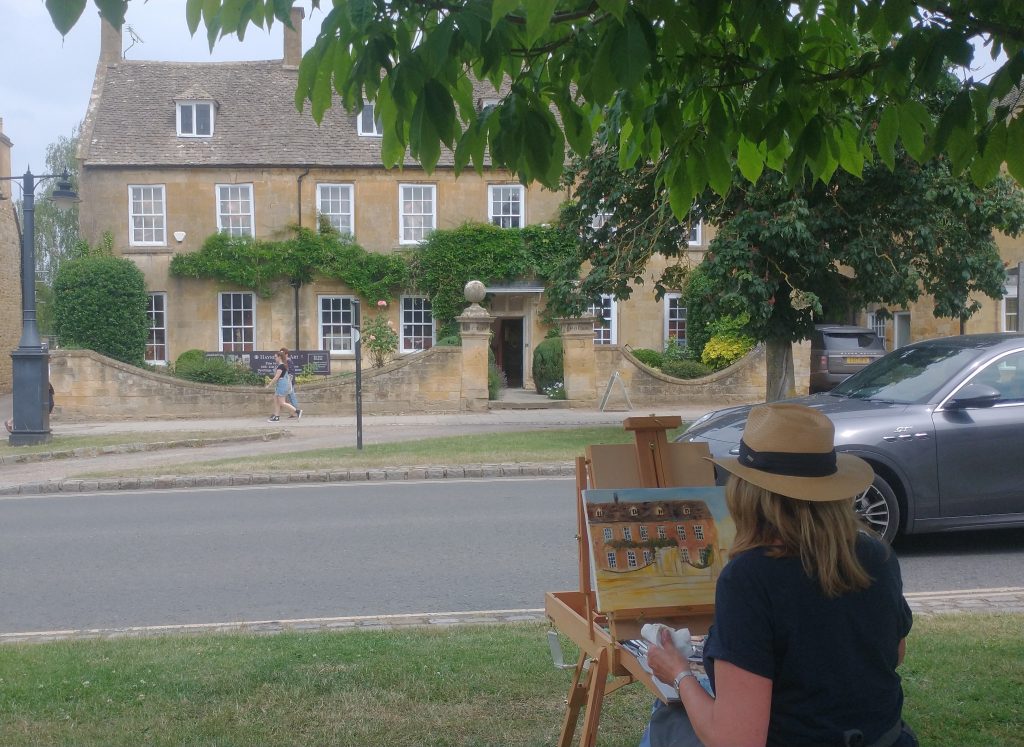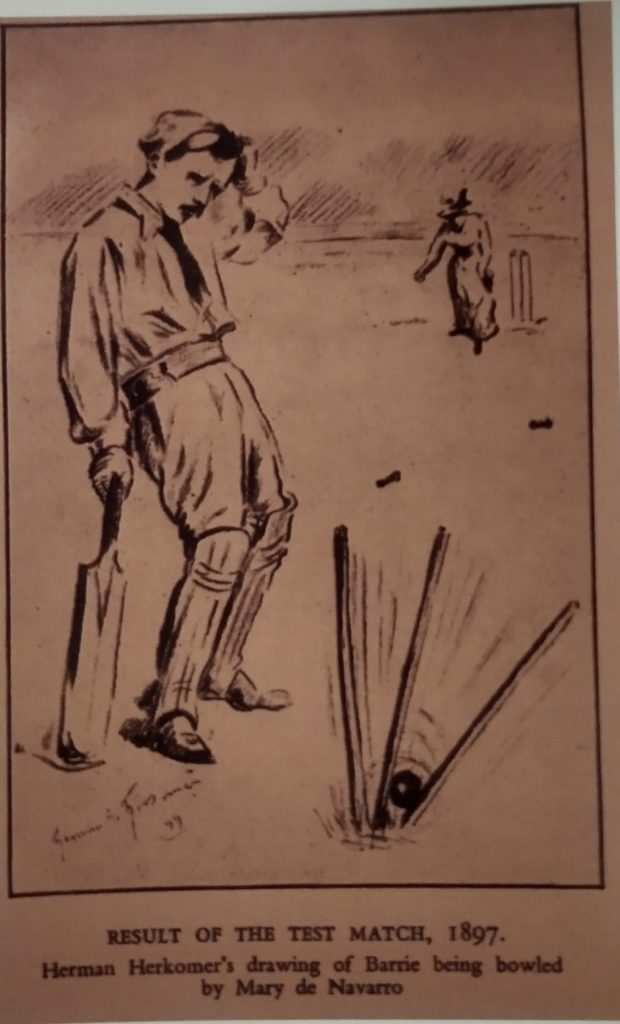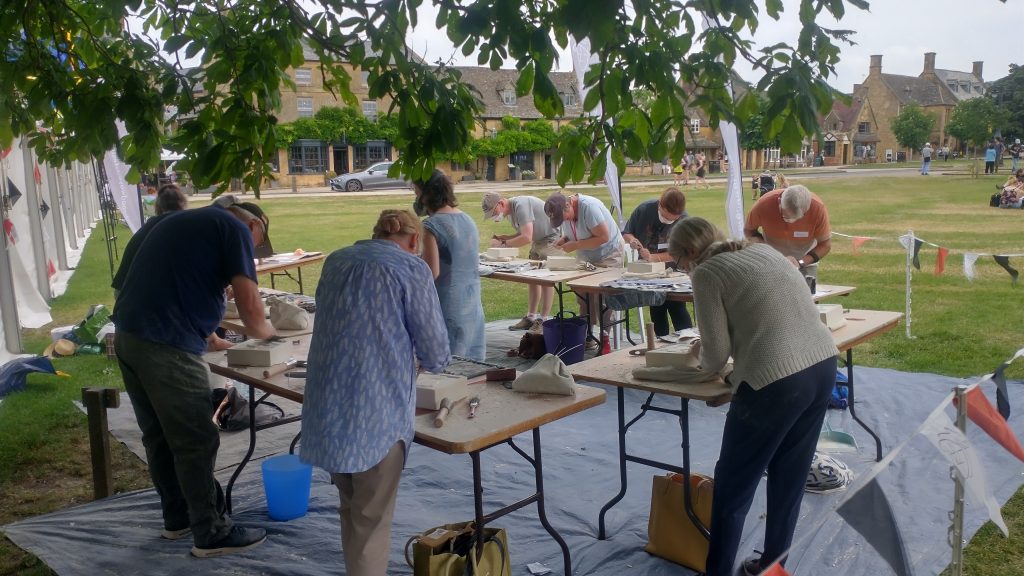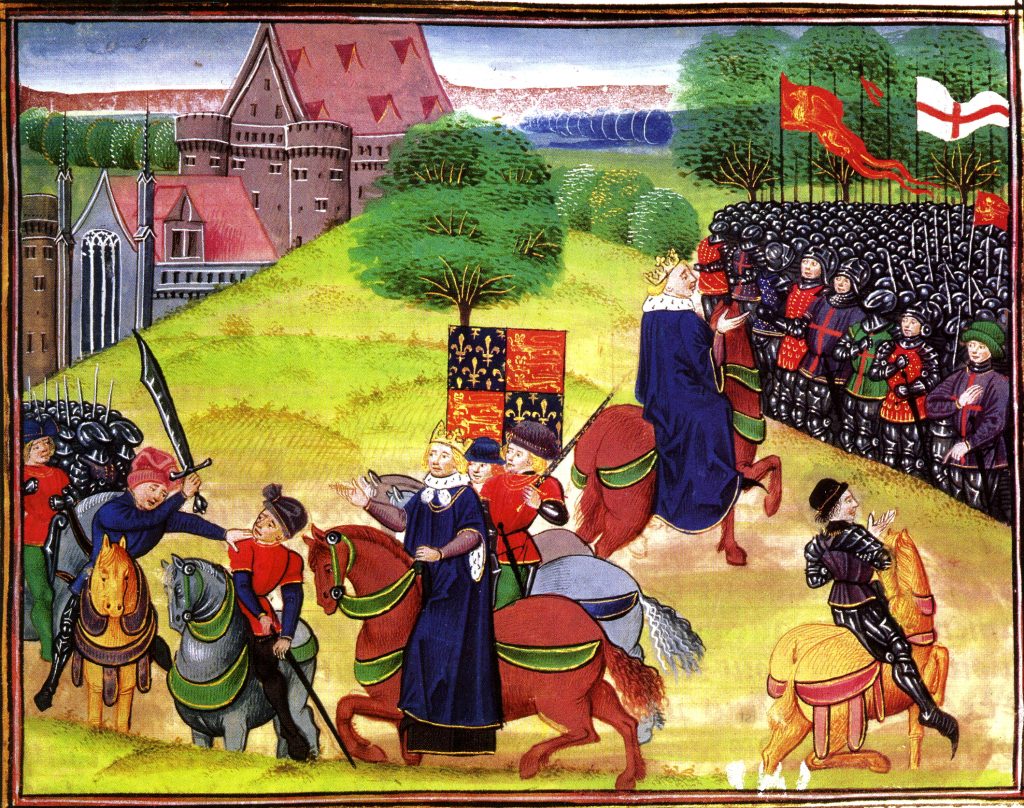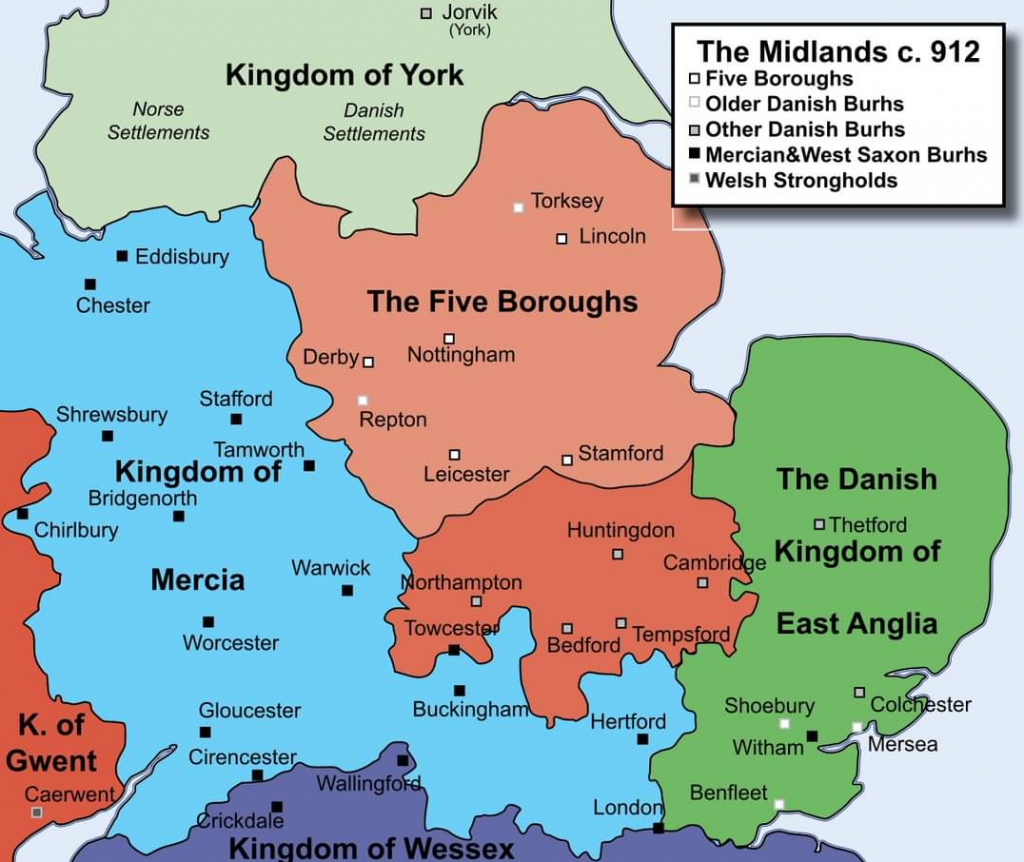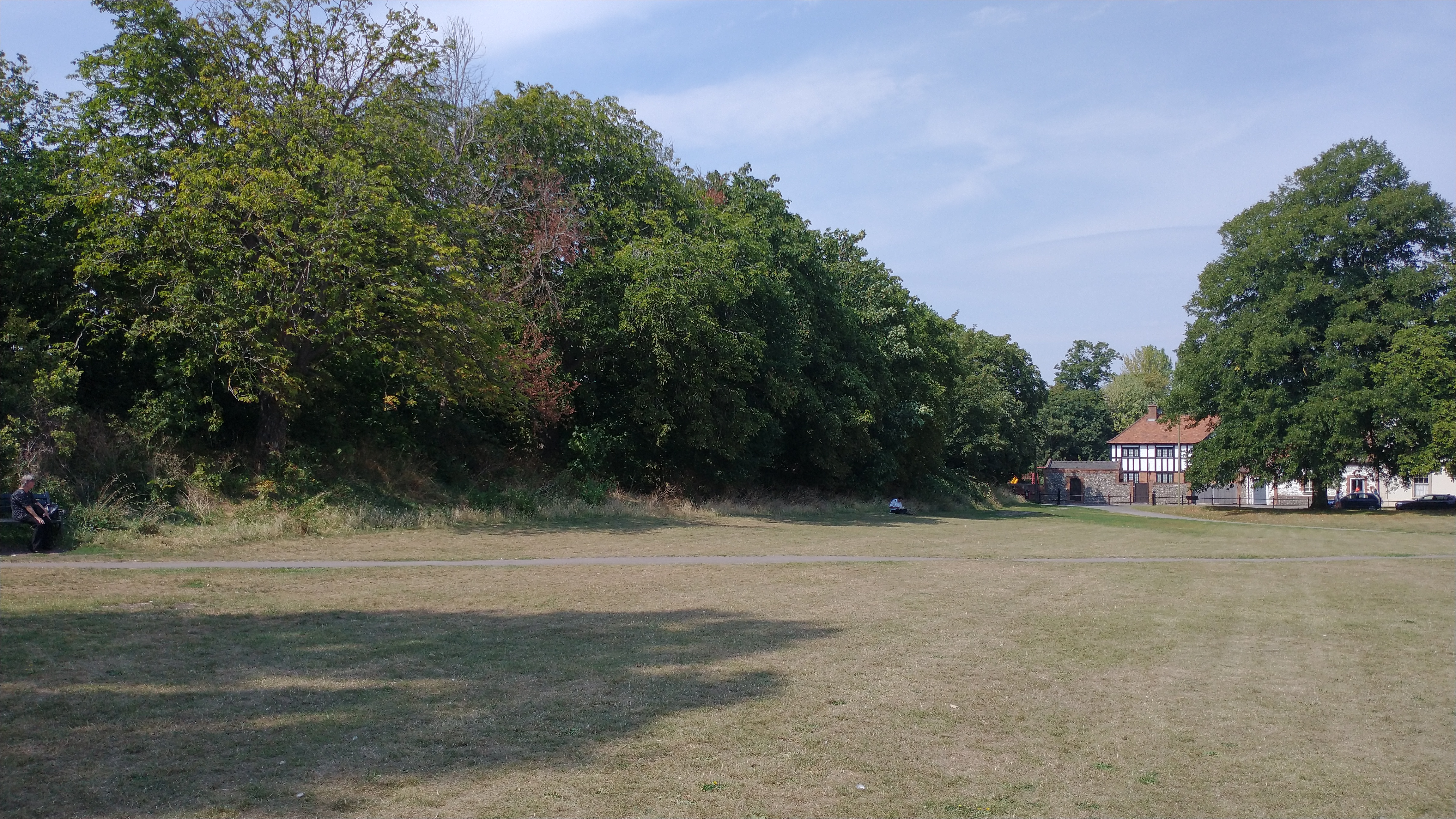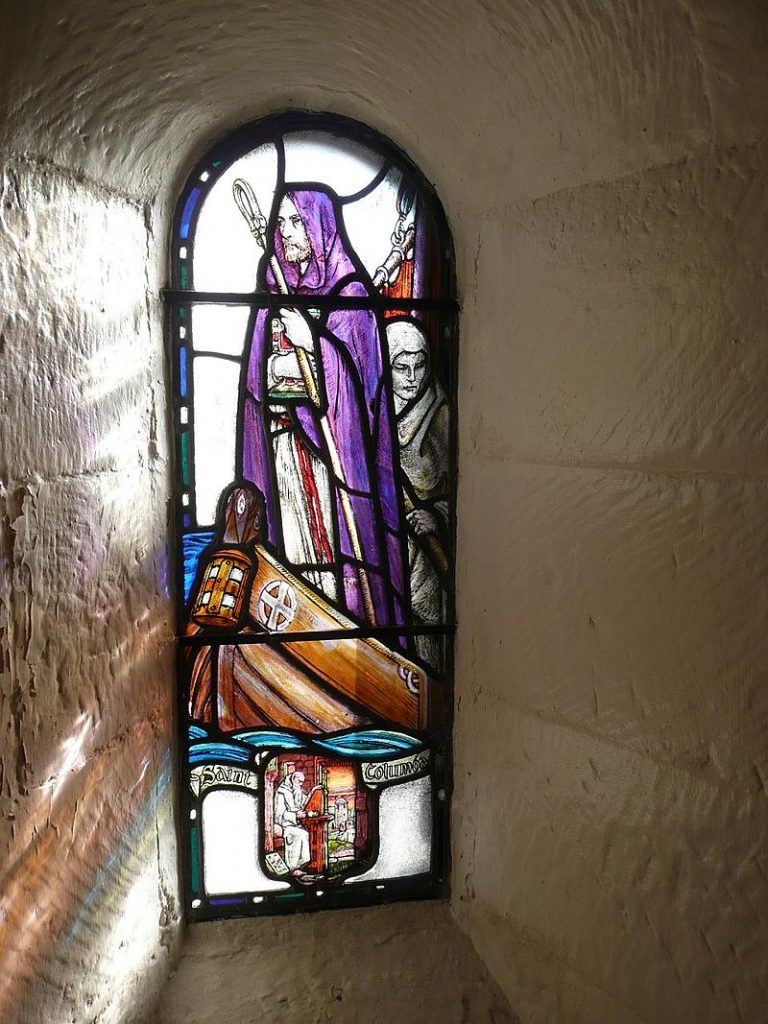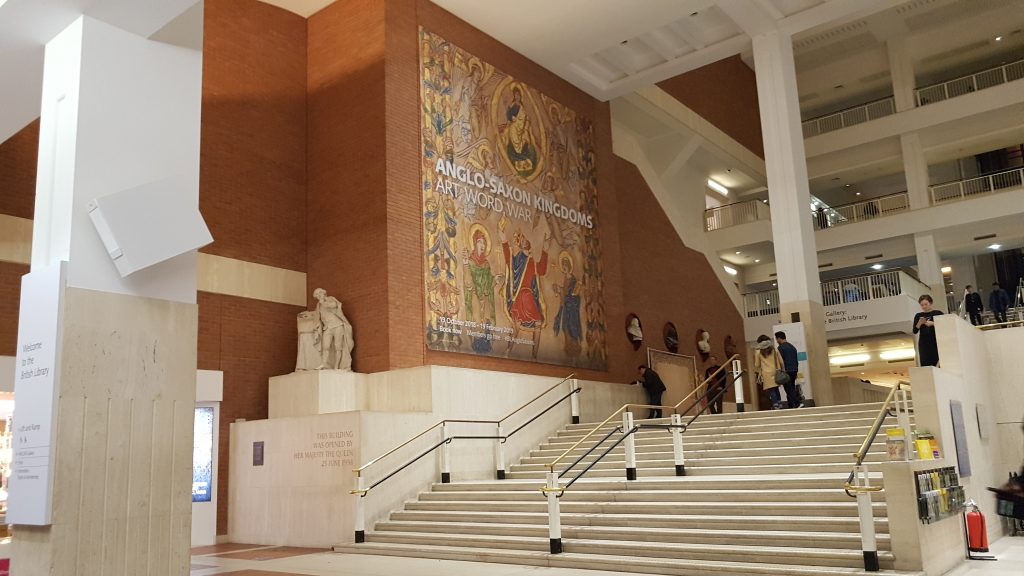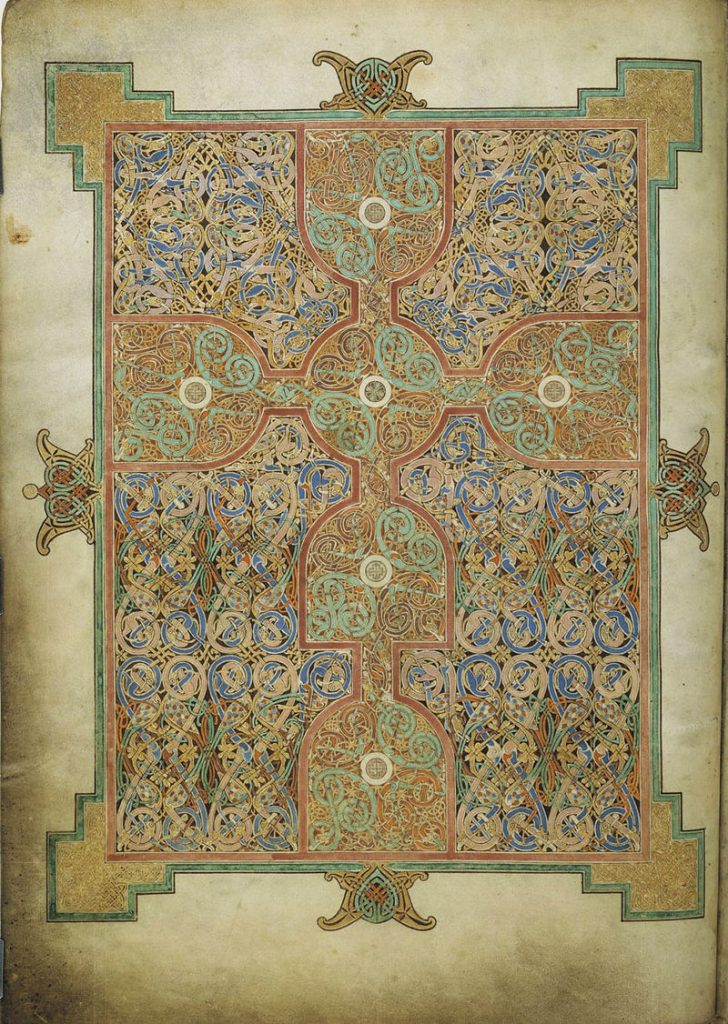
Moneywort
Moneywort flowers in June/July. It is, also known as Creeping Jenny, Wandering Jenny, Creeping Joan, or Wandering Sailor. All names alluding to its rapid trailing over the ground.
It’s also called Herb Tuppence or String of Sovereigns and variations. ‘Herbe 2 pence’ was the name given by William Turner in the earliest English scientific Herbal, 1551. Turner was very controversial because the apothecaries and physicians did not want ordinary people to know the virtues of plants. Or why else would anyone employ them? So restrictive practices was the name of the game for trained medical men. So Turner, by publishing these volumes, was doing something good for the public, and bad for his fellow professionals.
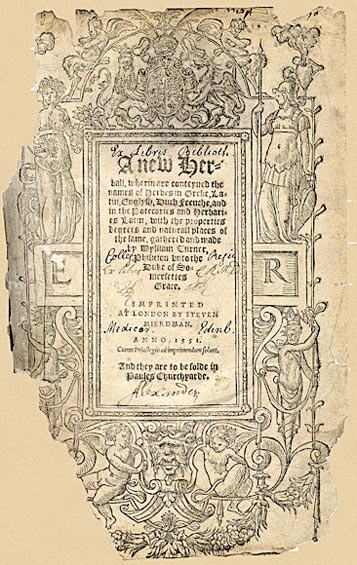
Its Latin name is Lysimachia nummularis (from the Latin for money nummulus). Mrs Grieve suggests that the two pence idea comes from the leaves which ‘look like rows of pennies, and the golden flowers which give the name String of Sovereigns.’
There was said to be ‘not a better wound-herb’, and that wounded serpents would wrap themselves around it. Hence, yet another name is Serpentaria. Also, it was thought to be good for stomachs, and against whooping cough.
It can be used both fresh or dried, but if to be dried, collect in June. It prospers in damp conditions and self-spreads.
William Turner & Ferrara
I have just come back from Ferrara. While there, we were given a tour of the Palazzo Paradiso and nearby buildings. These are town houses originally built for the Estes, the Dukes of Ferrara, in the 14th Century. In 1567, the Palazzo Paradiso was rented out to the University of Ferrara. Turner learnt his medicine in Italy in Ferrara and Bologna between 1540 and 1542. He was awarded his M.D. while in Italy. But, I’m not sure where the medical facility was in 1540. But I am not going to miss this opportunity to show some lovely medieval architecture, that Turner might well have seen. And an early modern Anatomy Theatre.
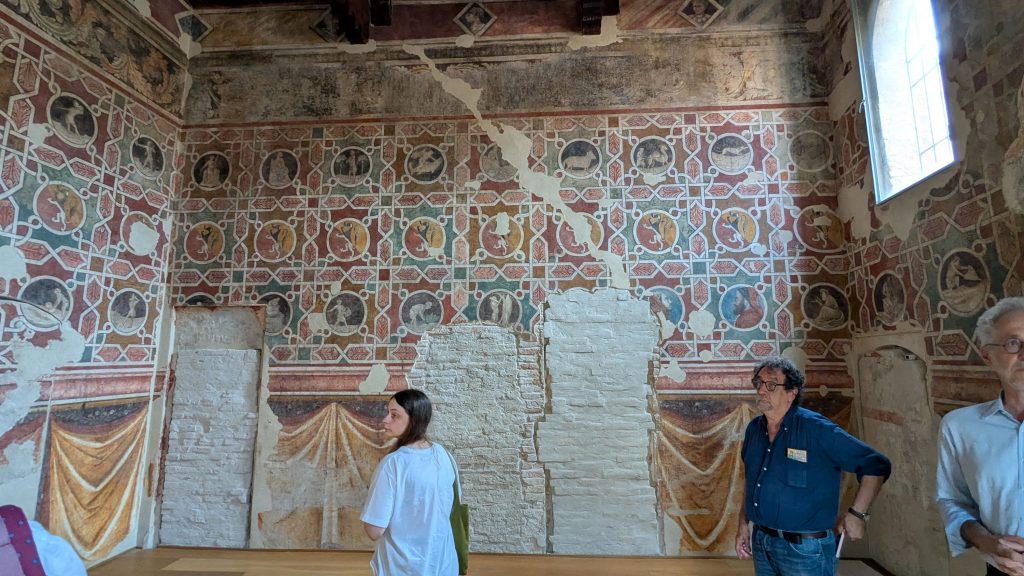
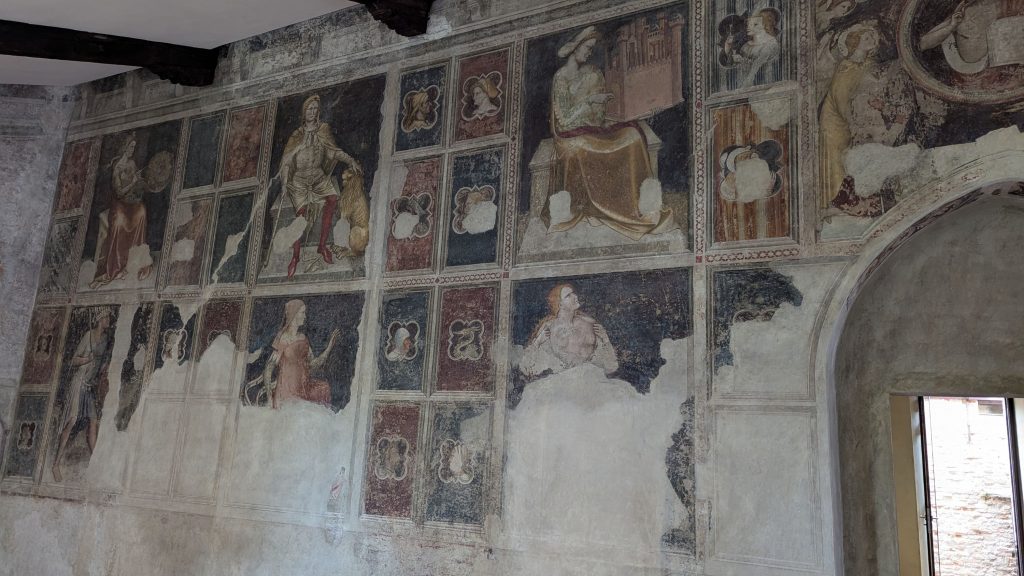
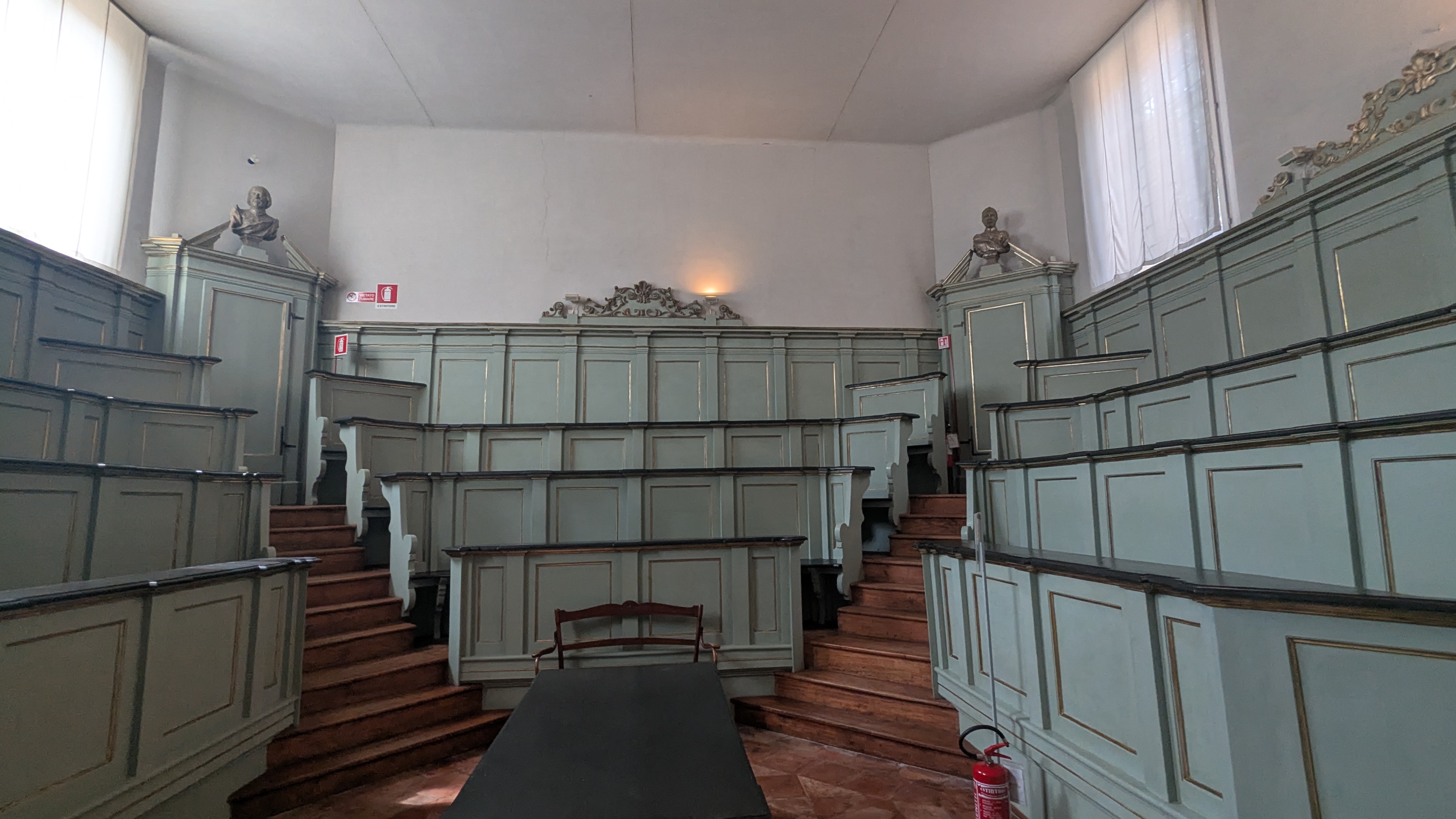
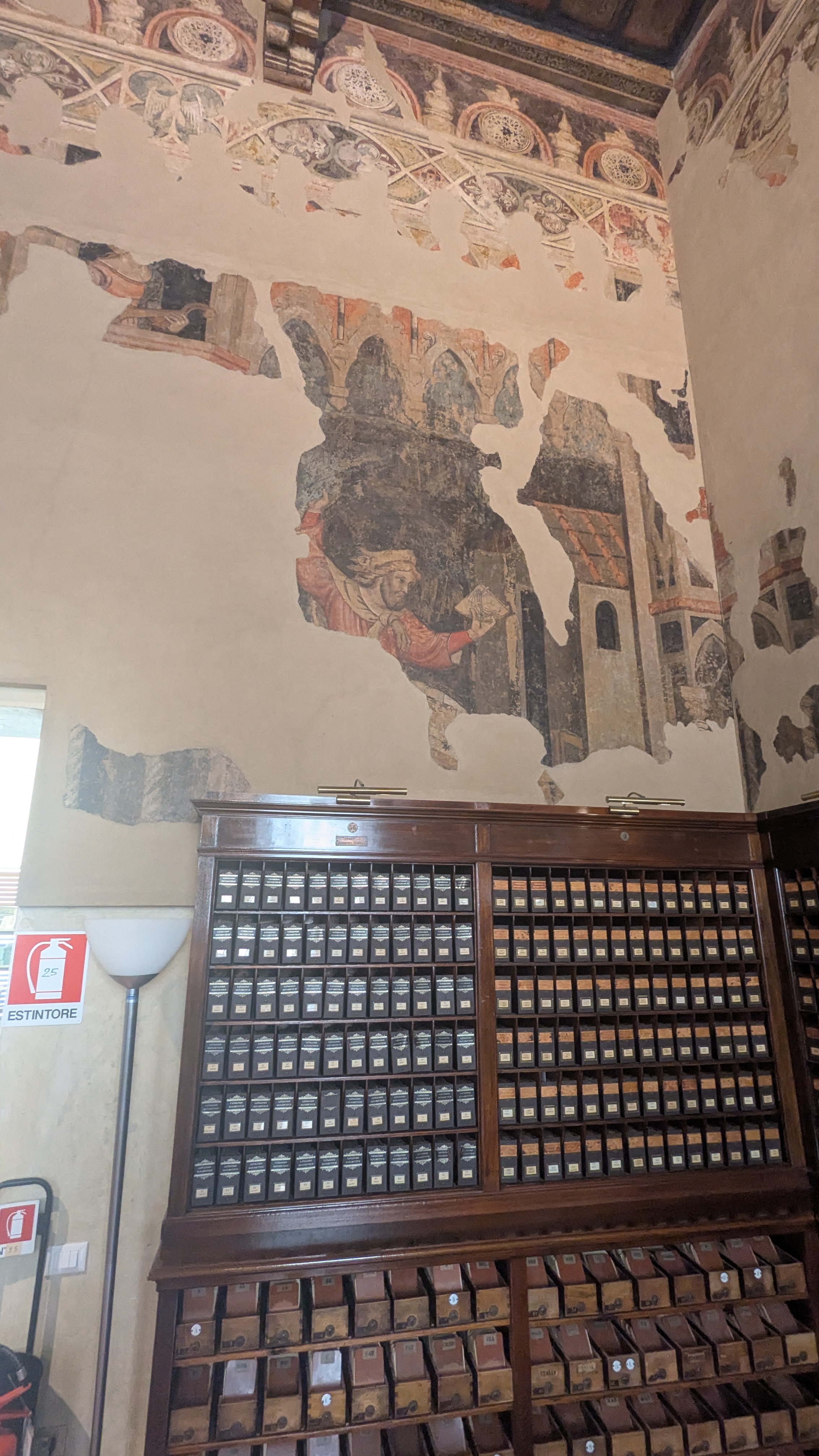
In the Tower of the building are kept the remains of Ludovico Ariosto, the great medieval Italian poet (1474 – 1533). He wrote the epic Orlando Furioso (1516).
Weather in June
Calm weather in June
Sets corn in tune.
When it is hottest in June, it will be coldest in the corresponding days in February.
(Weather Lore by Richard Inwards 1895)
To read my post on Coltsfoot and Smoking read my post here.
For more on Ferrara read my post on the Pallio.
First written in June 2023 and republished in 2024, and 2025

